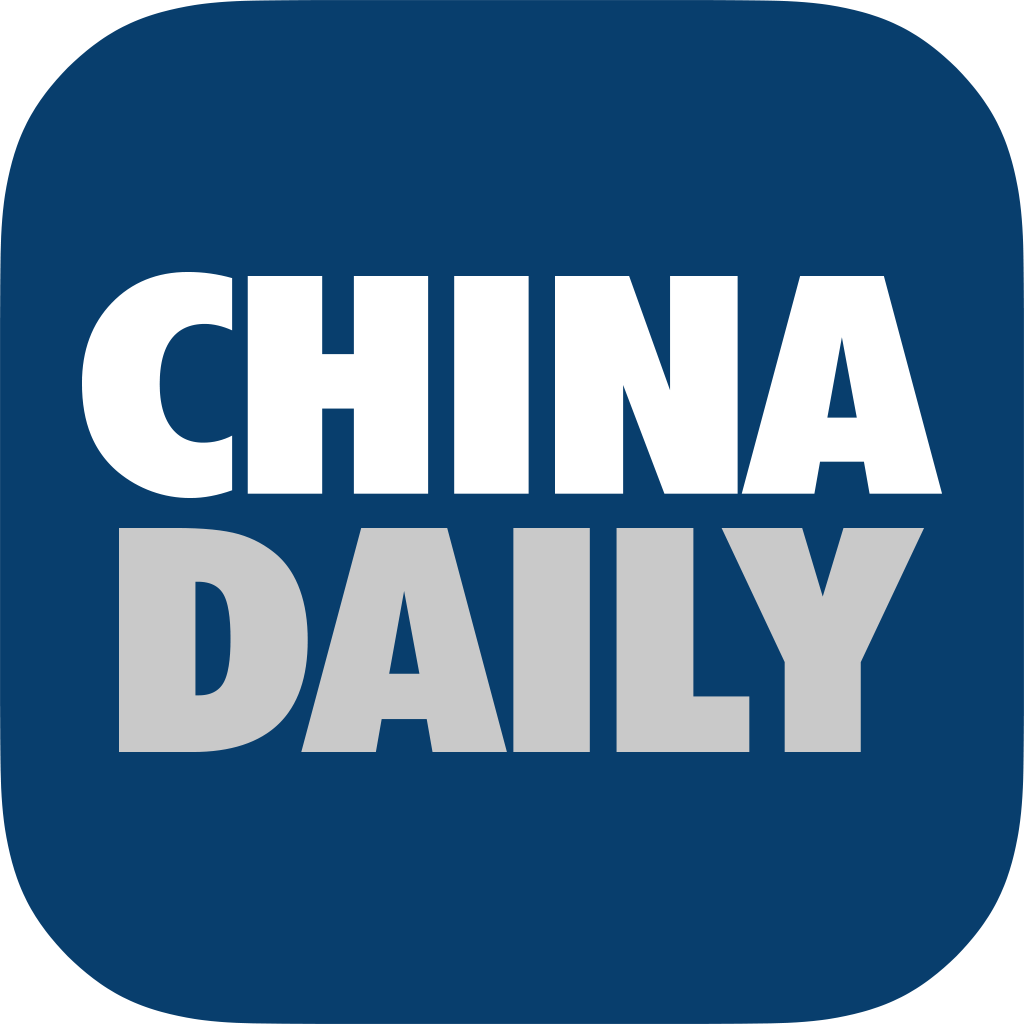




Regulator's plans include equity diversification and strategic restructuring
Reform of State-owned enterprises will accelerate in the second half of this year, as the SOE regulator plans for two to three central SOEs to implement equity diversification at group level, and will push forward the strategic restructuring of central SOEs in key industries.
A meeting of the State-owned Assets Supervision and Administration Commission on Tuesday revealed that it will carry out the diversification of equity at headquarters (or group) level, at two to three central SOEs within the year, and further step up mixed-ownership reforms in commercial SOEs whose main business is in a fully competitive industry or field.
Diversification of equity is to adapt SOEs to have more than one equity holder.
The commission also affirmed that it will conduct further strategic restructuring of central SOEs in the equipment manufacturing, coal, power, communications, and chemical industries, apart from increasing the number of pilot State-controlled enterprises of mixed-ownership that grants shares to employees, and piloting giving enterprises more autonomy.
"It is clear that the restructuring of SOEs and mixed-ownership reforms will be accelerated and deepened," said Hu Chi, an expert from a research center affiliated with the commission.
The commission will leverage SOE restructuring as a means to help implement mixed-ownership reforms, as restructuring of SOEs has already proven to be very fruitful, according to Hu.
Mixed-ownership reforms have made impressive progress in many sectors, as a total of 50 SOEs have conducted mixed-ownership reforms in the first two rounds of pilot work starting 2016, and the third round will see 19 enterprises involved, and spread to sectors where SOEs have monopolistic competence, such as energy and communications, and more work needs to be done, he said.
He estimated that a number of mergers and acquisitions will happen among SOEs, and the two to three central SOEs implementing equity diversification at group level are likely to be in the energy or communications sectors.
He added that the next-phase of SOE restructuring will focus more on the combination and restructuring of business units from different companies to make better use of resources in the same sector, rather than simply merging individual companies.
Li Jin, chief researcher at the China Enterprise Research Institute, said the commission had outlined five key industries to conduct central SOE restructuring, either through group-level M&As, or by reallocating resources to establish new platforms.
In the coal and energy sectors, M&As among key companies at group level have been adopted to optimize resource allocation, and in the new energy car-manufacturing and communications sectors, new platforms are to be established to activate and deepen reform, according to Li.
He said that in the financial sector, where there are many major SOEs, restructuring measures to deepen the connection between banks and securities companies will also be taken.
The recent intensive personnel changes in leading SOEs' management may also indicate that further reform moves are in full swing, Hu said, although other factors may also result in such changes, such as the approach of retirement, and assignment to other government positions.
Since the beginning of the year, a total of 161 executives in 43 central SOEs have changed their positions, and more than 20 central SOEs have had their top executive replaced, including China National Chemical Corp, China State Shipbuilding Corp Ltd and China FAW.
If you have any problems with this article, please contact us at app@chinadaily.com.cn and we'll immediately get back to you.